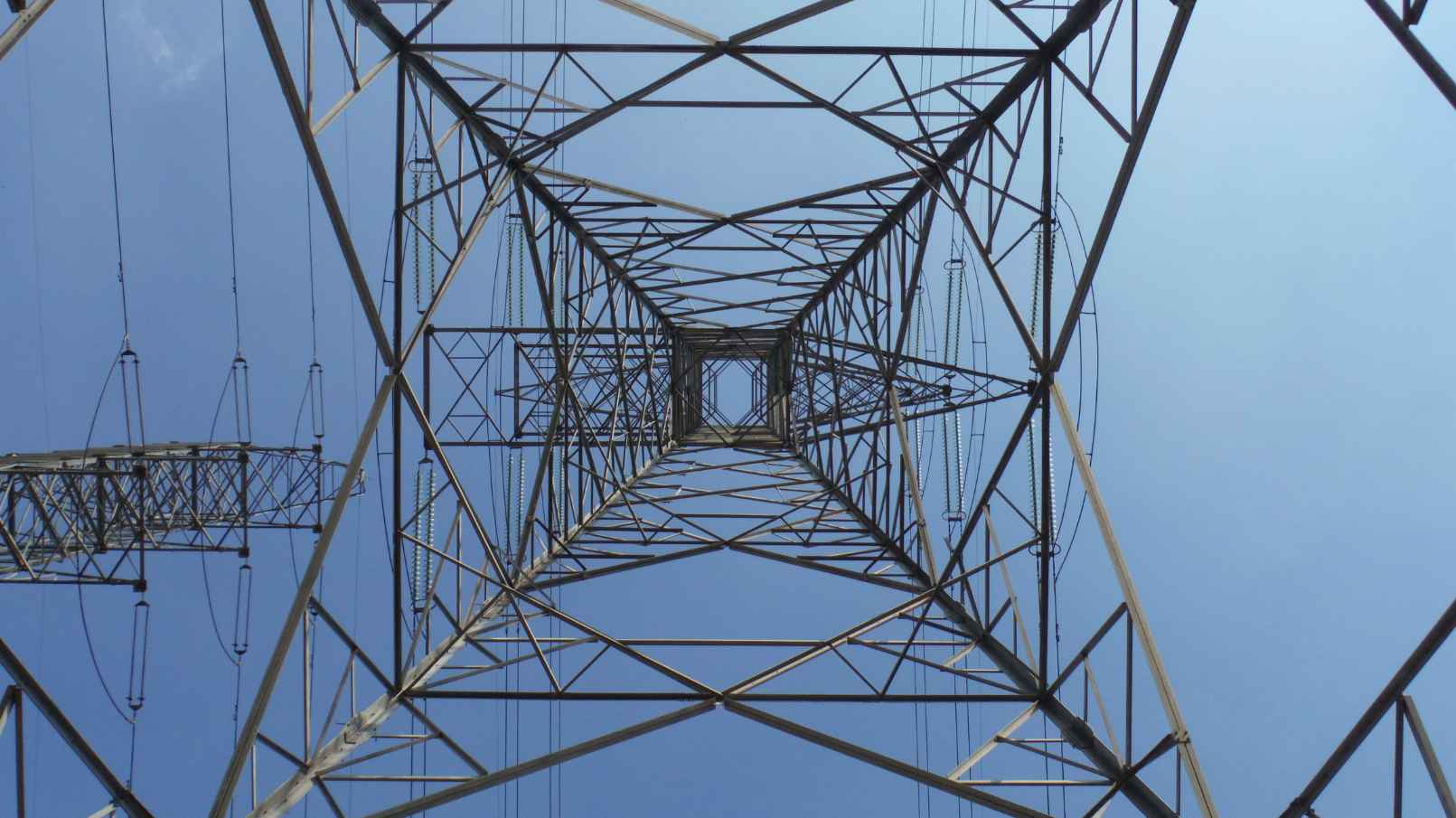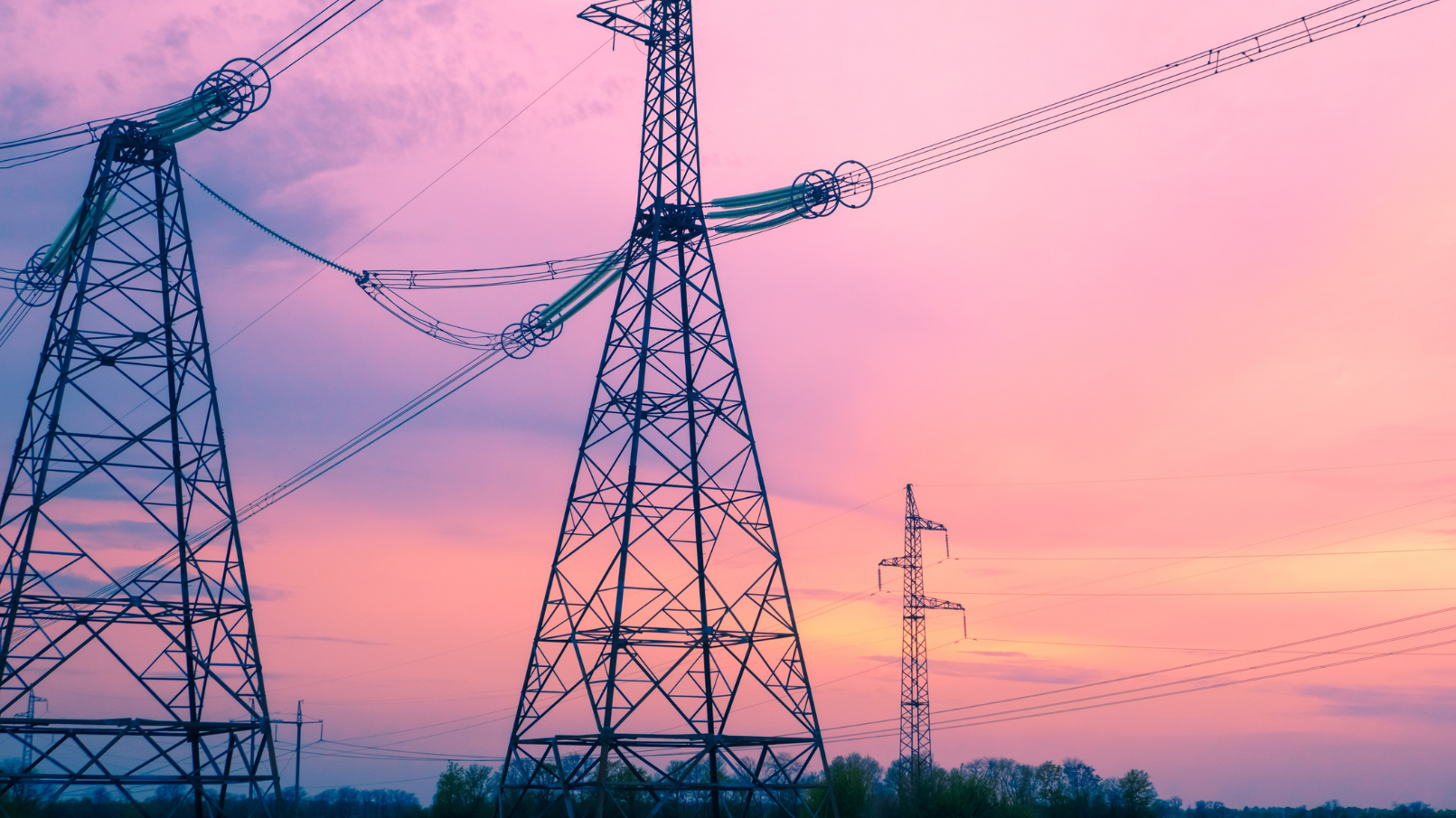What Is Demand Response?
Demand response is a voluntary energy management program that pays businesses to reduce electricity consumption during periods of peak grid demand. These peak times usually occur on the hottest days of the year when everyone is cranking up their air conditioning, or during unexpected grid stress events.
When your business enrolls in a demand response program, you agree to temporarily reduce power usage during these peak demand events. In return, you receive payments from PJM or its partners. The reduction can be as simple as turning off nonessential lighting, staggering machinery use, or powering down certain systems for a short time.
Why Is Reducing Demand So Valuable to the Grid?
PJM, the regional transmission organization that manages electricity across much of the mid-Atlantic and Midwest, needs to ensure there’s always enough generation to meet demand. When demand peaks, the grid is forced to rely on more expensive, carbon-intensive, and less efficient sources of electricity.
By reducing demand during these critical times, your business helps stabilize the grid, reduce the risk of outages, and delay the need for costly infrastructure upgrades. It’s a win-win: grid operators avoid building new power plants, and you get rewarded for being flexible.
Rising Demand Costs in PJM
Capacity charges are a major component of a business’s electricity bill. These charges are determined by your Peak Load Contribution (PLC), which reflects your usage during the grid’s five highest demand hours each year.
Here’s where the concern lies: PJM’s most recent capacity auction for the 2025/2026 delivery year resulted in a massive price increase. In some zones, capacity prices jumped more than 800% year-over-year. What’s more, PJM has introduced a new “cap and collar” pricing structure for the 2026/2027 and 2027/2028 auctions. This limits extreme price volatility, but also locks in high costs for the next several years.
For large C&I users, this translates into significantly higher capacity charges through 2028, charges that will show up directly on your electric bill.
How You Can Double Dip with Demand Response
Demand response is a great way to combat rising capacity prices in PJM. Participating in demand response helps you in two powerful ways:
- Lower Your Capacity Tag
By curbing energy usage during the grid’s peak demand hours (typically five summer afternoons), you reduce your PLC. A lower PLC means lower capacity costs in your future electricity bills. This is known as peak shaving, and it can yield substantial long-term savings. - Get Paid for Curtailment
In addition to lowering your future costs, PJM pays you for the power you reduce during a demand response event. These payments vary based on your location, size, and ability to curtail, but for large users, they can be significant.
For example, a warehouse that cuts back 500 kW of load during a demand event could earn thousands per year in incentives, while also reducing their PLC and future energy rates.
Take Control of Your Energy Costs with Comfort Profit
If you’re a commercial or industrial energy user in PJM territory, demand response is one of the smartest strategies to reduce your electricity costs and generate new revenue. With capacity prices locked in at historically high levels for the next few years, inaction could be costly.
At Comfort Profit Consulting, we help businesses enroll in demand response programs, evaluate their savings potential, and develop peak shaving strategies tailored to their operations. Whether you want to protect your budget, improve grid reliability, or monetize your operational flexibility, we’re here to help.
Let’s explore how demand response can work for your business. Contact us today for a no-obligation energy consultation.
Comfort Profit Consulting
Dan Comfort
(570) 336-0197
comfortprofit@gmail.com





